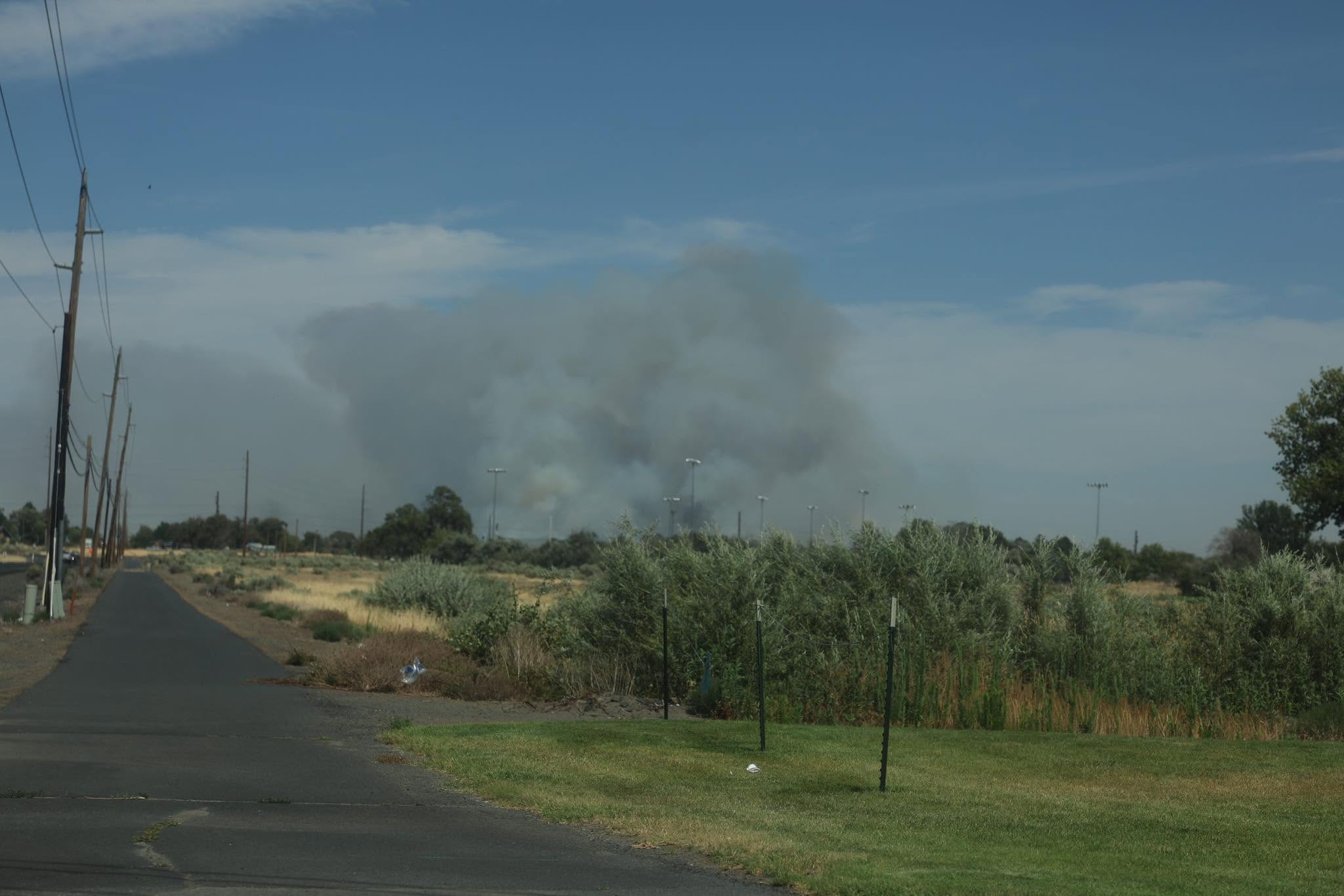ODA expands canola acreage
Published 9:02 am Thursday, February 14, 2013

- ODA expands canola acreage
Willamette Valley Specialty Seed Association fears aftermath of decision
By MITCH LIES
Capital Press
SALEM — The Oregon Department of Agriculture has opened 2,500 acres in the Willamette Valley to canola production, but kept in place a prohibition on its production in the heart of the valley.
The Feb. 7 ruling opens significant Willamette Valley acreage to nonexperimental canola production for the first time in eight years. In 2005 the state adopted canola-production prohibitions to protect the valley’s $50 million specialty seed industry from increased insect, disease and weed pressure that the industry associates with widespread canola production.
In the new rule, ODA Director Katy Coba said the department sought to keep protections in place for the specialty seed industry, but allow some canola production for farmers hoping to produce canola in rotation with grass seed, wheat and other crops.
“We feel it is important to give some producers an opportunity to grow canola under the restrictions and safeguards put in place by this rule,” Coba said.
Matt Crawford, president of the Willamette Valley Oil Seed Producers Association, said he was pleased with the rule and said it was “evenhanded.”
“It does gives canola a fighting chance to become a viable industry in the Willamette Valley, and it protects the heart of the valley from having any problems with canola,” said Crawford, a Perrydale, Ore., farmer.
“We didn’t have anything before and now we have something,” he said.
Greg Loberg, public relations chair for the Willamette Valley Specialty Seed Association, said the association is disappointed and fearful the ruling could undermine the valley’s specialty seed industry.
“This is going to put our production area at an exceedingly great risk,” Loberg said.
“Our seed is exported to numerous countries,” he said, “and customers in those countries are going to hear about this, and they are going to want to discuss the impact.”
Loberg said specialty seed buyers in Asia and Europe have abandoned other areas where canola production took hold.
Under the rule, 1.9 million acres in the heart of the valley, where the bulk of specialty seeds are grown, are off-limits to canola production. Outside of that, in a 1.7 million-acre zone, growers must enter into a contract with the state and follow certain production and handling guidelines to grow the crop.
The rule establishes a minimum field size of 25 acres.
In a news release, the department characterized the 2,500-acre cap as “a small fraction — just 0.13 percent — of the approximately 1.9 million acres of farmable land in the valley.”
The ruling does not address genetically modified canola, meaning no restrictions on its production are in place, other than the overall acreage limitation.
The department anticipates charging prospective canola growers a per acre cost to administer and monitor the canola production contracts, and ODA will award contracts by Sept. 1 of each year for requests received before July 15.
The department is maintaining its ban on canola production in a three-county area of Central Oregon and a strip along the Oregon-Idaho border in Malheur County. Restrictions on canola production also are in place in Baker and Union counties and in a portion of Wallowa County.
Grown for food-grade oil, biofuel and other industrial oil uses, canola can be a valuable rotation crop, Crawford said, and add value to the valley’s farm economy.
Loberg, however, said he believes canola will harm the valley’s farm economy.
“Adding canola to the Willamette Valley does not increase jobs or increase our economy,” he said. “However, hurting the specialty industry does remove jobs.
“There is no upside to producing canola in the Willamette Valley when we can grow it in other areas of Oregon,” he said, “and the downside is an economic one.”
On its website, the specialty seed association states that canola “is damaging as a crop, weedy volunteer, and host to insect and disease pests negatively impacting specialty, clover and grass seed producers and related interests, such as fresh market vegetables.”
Dean Freeborn, a Rickreall, Ore., grower who was involved with experimental canola production in the mid-2000s, said he believes the fears of canola production are overblown. Freeborn said volunteers have not been a problem in fields he planted to canola, and insect and disease pressures have not increased in subsequent rotation crops.
Loberg said the association has not decided whether to contest the ruling in court.
“We have not discussed appealing,” he said.
In the meantime, he said, the association is keeping watch on the Oregon Legislature, where a bill has been introduced to ban canola production in the valley.









